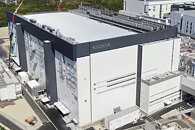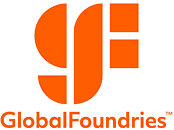Global Fab Equipment Spending on Track for 2024 Recovery After 2023 Slowdown
Global fab equipment spending for front-end facilities is expected to decrease 22% year-over-year (YoY) to US$76 billion in 2023 from a record high of US$98 billion in 2022 before rising 21% YoY to US$92 billion in 2024 to reclaim lost ground, SEMI announced today in its latest quarterly World Fab Forecast report. The 2023 decline will stem from weakening chip demand and higher inventory of consumer and mobile devices.
Next year's fab equipment spending recovery will be driven in part by the end of the semiconductor inventory correction in 2023 and strengthening demand for semiconductors in the high-performance computing (HPC) and automotive segments. "This quarter's SEMI World Fab Forecast update offers our first look ahead to 2024, highlighting the steady global expansion of fab capacity to support future semiconductor industry growth driven by the automotive and computing segments and a host of emerging applications," said Ajit Manocha, SEMI president and CEO. "The report points to a healthy 21% uptick in equipment investment next year."
Next year's fab equipment spending recovery will be driven in part by the end of the semiconductor inventory correction in 2023 and strengthening demand for semiconductors in the high-performance computing (HPC) and automotive segments. "This quarter's SEMI World Fab Forecast update offers our first look ahead to 2024, highlighting the steady global expansion of fab capacity to support future semiconductor industry growth driven by the automotive and computing segments and a host of emerging applications," said Ajit Manocha, SEMI president and CEO. "The report points to a healthy 21% uptick in equipment investment next year."



































